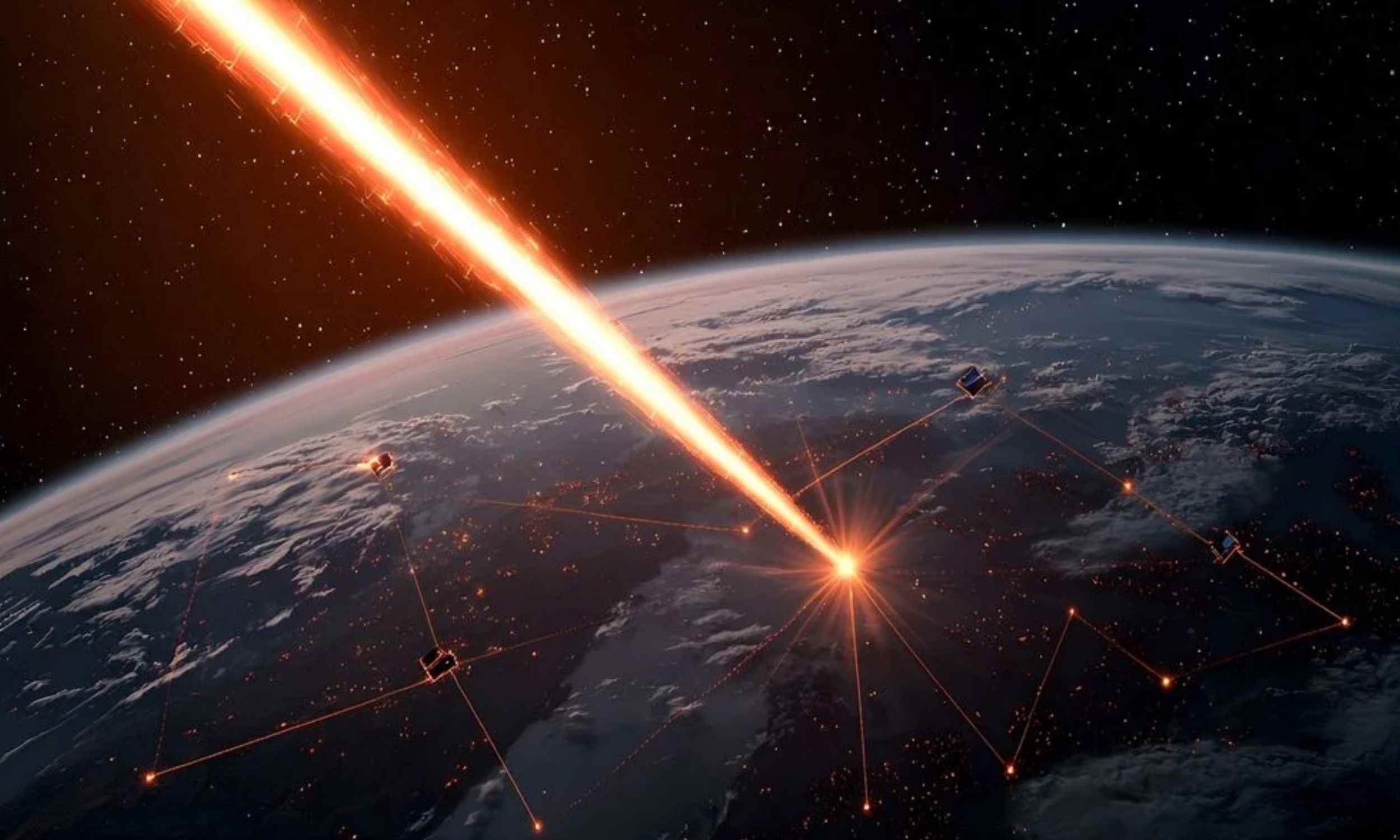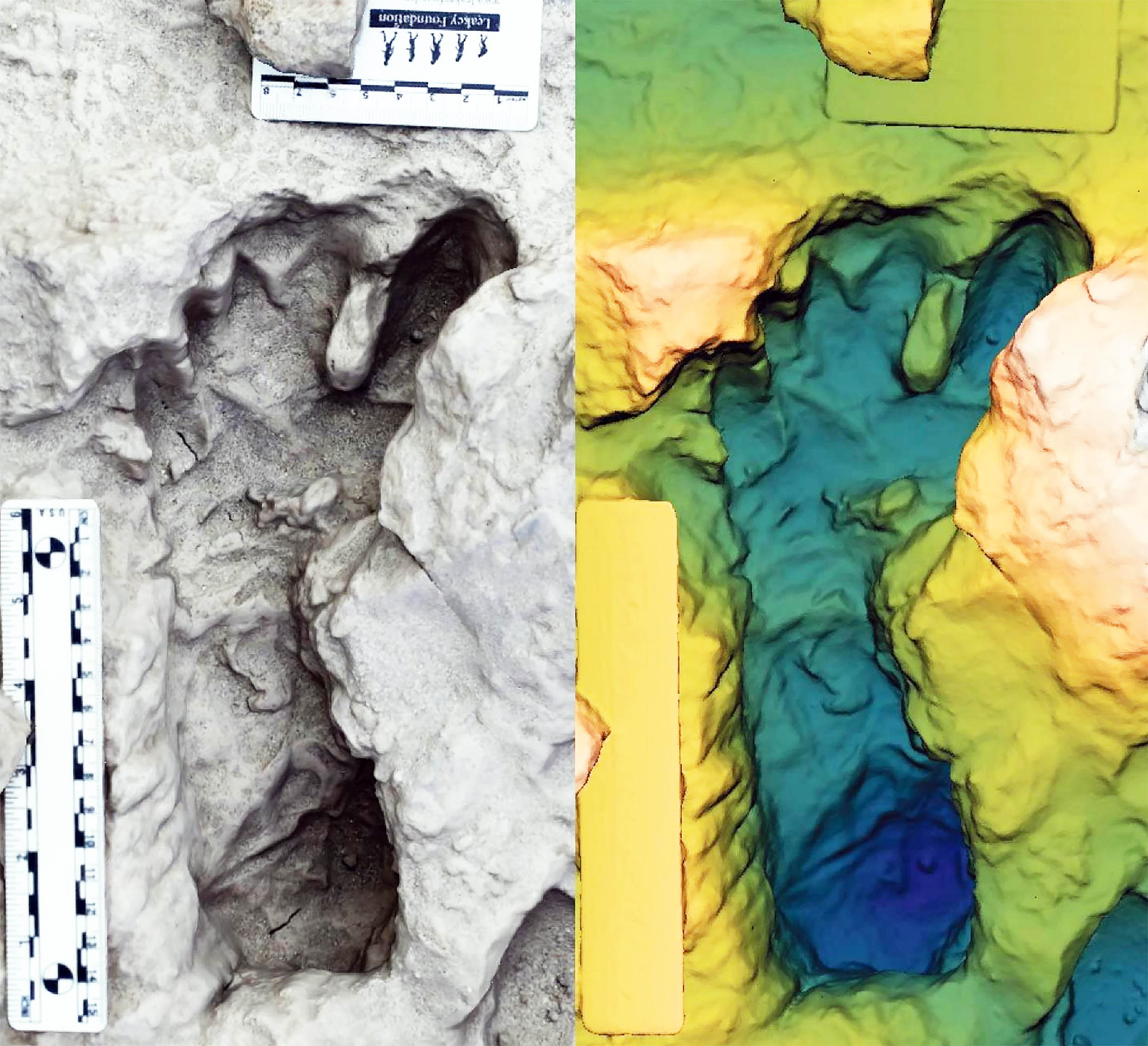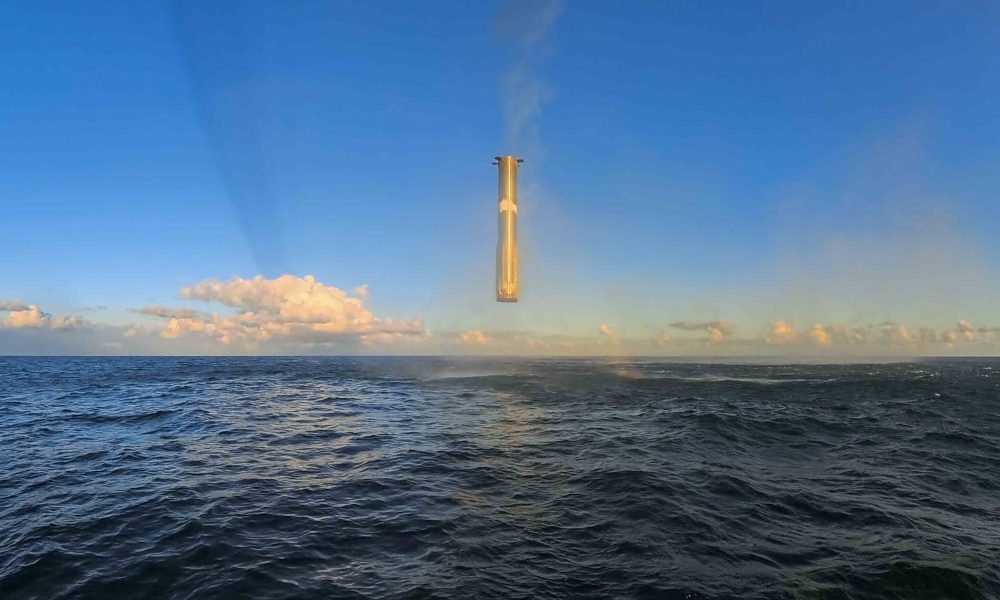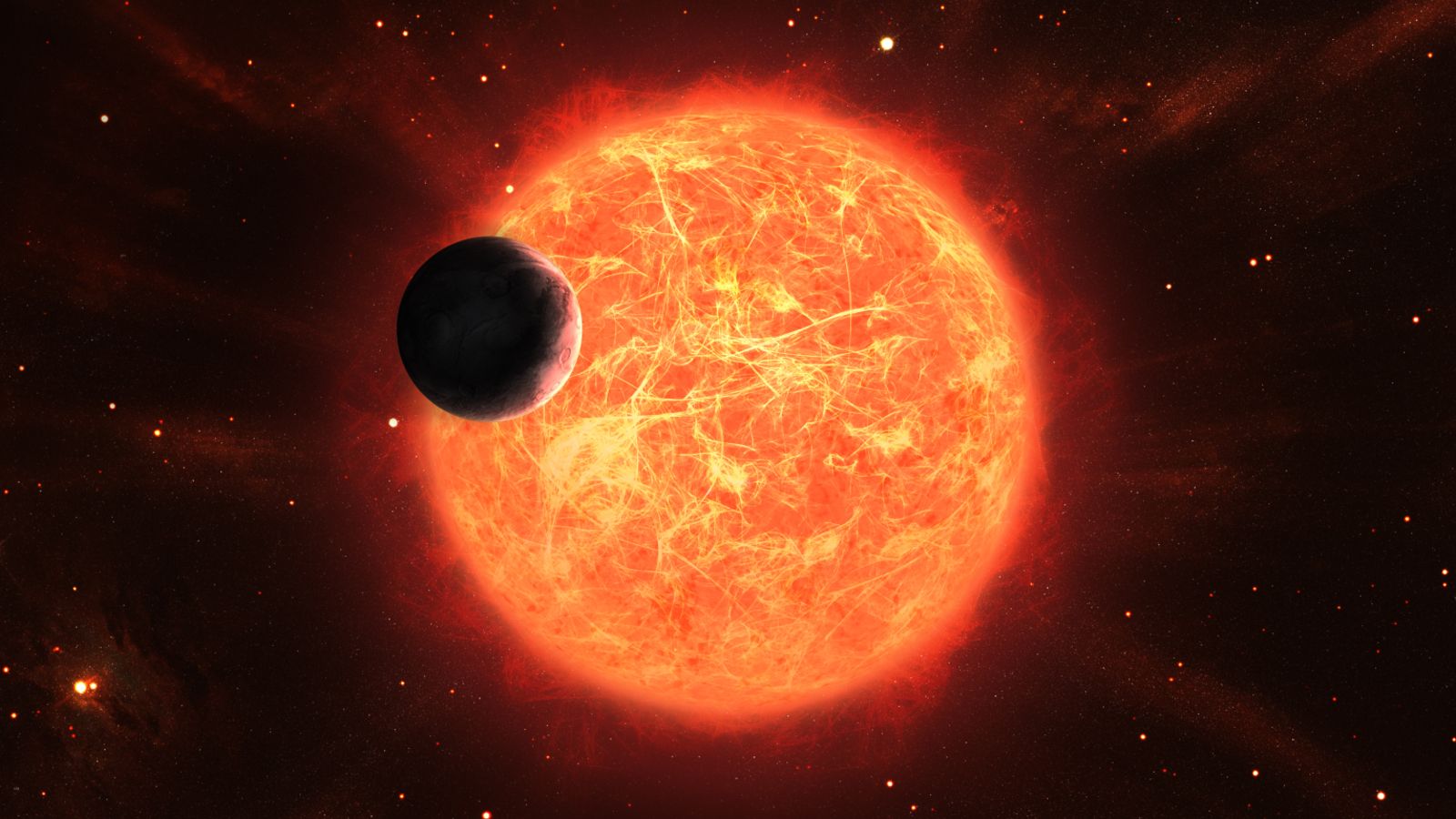Unbelievable: Lasers Now Transmit Power Over Five Miles without Wires!

Imagine a world where electricity travels through the air — no wires, no cumbersome cables, just pure energy beamed directly to where it’s needed. That’s exactly what a groundbreaking U.S. team has accomplished, proving that lasers aren’t just for sci-fi movies anymore!
In an astonishing feat, researchers successfully transmitted electrical power as laser light across a staggering distance of 5.3 miles and converted it back into usable electricity. This isn’t just a small trick; they delivered 800 watts in a 30-second burst with an impressive efficiency rate of about 20% at shorter distances. What if this technology could revolutionize how we deliver power in emergencies or remote locations? Let’s delve deeper into this remarkable innovation.
The method they used is called optical power beaming. This technique converts electricity into a precisely controlled laser beam that travels through the air to a specialized receiver. At the receiver, a parabolic mirror — think of a dish that focuses light — directs the incoming beam onto photovoltaic cells, which then transform that light back into electrical power. This system is designed to be efficient, minimizing wasted energy by trapping nearly all the incoming light.
This particular test was far from a simple open-air demonstration. The laser beam had to navigate through one of the dustiest parts of the atmosphere, making the achievement even more extraordinary. Over the course of testing, the team transferred more than a megajoule of energy, which is significant given the short bursts of power sent. Conducted at the U.S. Army’s White Sands Missile Range, a facility renowned for high-energy laser experiments, the project has set a new benchmark in laser transmission technology.
A key innovation was the Power Receiver Array Demo (PRAD), which features solar cells arranged in a modular design to share the incoming beam's load effectively. This scalability is crucial, especially if future systems are needed to power vehicles or mobile bases in remote areas.
According to a program manager at DARPA, this achievement surpasses previous demonstrations in both power and distance, challenging long-held assumptions about the reach of laser transmission. While earlier tests faltered with shorter distances or lower power levels, this new record pushes boundaries, opening the door for practical applications.
One of the first potential uses? Uncrewed aircraft! Imagine drones powered mid-flight, eliminating the need for time-consuming battery changes and allowing for extended missions without landing.
However, while this technology holds great promise, it’s not without challenges. Issues like eye safety and beam control are paramount, with safeguards including shutters and sensors to ensure that beams don’t inadvertently endanger people or aircraft. Additionally, environmental factors like turbulence and aerosols can scatter the laser, lowering efficiency.
Engineers have been interested in wireless optical power for decades, initially focusing on short-range indoor applications. Now, the current program aims to build an energy web using airborne relays, which borrows concepts from communication networks. This approach could lead to a system that serves areas where traditional power lines can’t reach quickly or safely — a game changer in emergency situations.
As innovative as this technology is, questions remain. For instance, how does this system perform in fog or dust? Thick haze can indeed scatter beams, which is why ideal conditions for operation favor higher altitudes. The idea of harnessing power from space is also on the table, although it presents a unique set of engineering challenges.
Looking ahead, the next steps involve demonstrating relays that can catch and relay beams with minimal loss. Additionally, powering moving targets like UAVs poses its own set of obstacles, requiring precise tracking systems to keep a tight beam focused on a small receiver.
This project beautifully illustrates how the intersection of physics, materials science, and engineering can meet real-world needs, bridging the gap between theoretical concepts and practical systems. With a repeatable demonstration of sending hundreds of watts across miles of air, the future of wireless electricity is not just a dream — it’s becoming a reality!


























